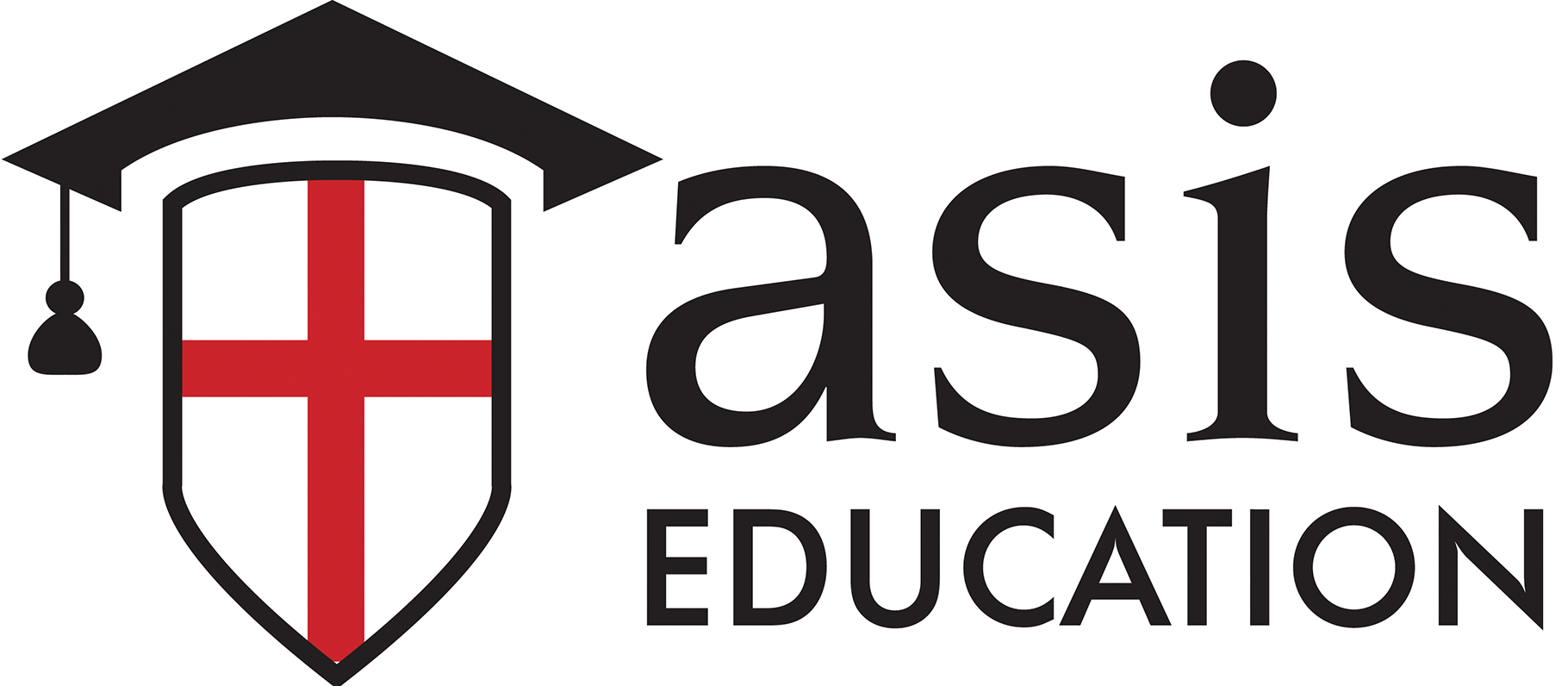It’s less than a month now before schools in the UK are due to return after a sustained lockdown period. The UK Government’s Department for Education (DFE) has finally offered some guidance to school leaders on what they should be doing about remote learning.
You might say: “ Better late than never”. But not only is the guidance frankly no more than common sense, they add to the patronising of the teacher community by offering the get-out: “ You really don’t need to follow it!”
Throughout the whole lockdown, school leaders have been bombarded by ‘helpful support’ from the Government, detailing how to manage social distancing, requiring temperature checking. Now this. If this latest guidance was coming on paper and snail-mail it would have created a mighty pile-up, fit only for the bonfire.
The DFE says it “ expects schools to give access to high quality remote resources” and “to have the capacity to offer immediate remote education”. By the end of September schools are expected to “ have a strong contingency plan in place for remote education provision.” But what do they mean by “capacity”. Are all the students to be covered? Or only those needing catch-up (which will be most)? Or only the exam candidates? No guidance on this.
But the contingency plans “ must be sequenced in a way that is linked to the school’s curriculum expectations”. What else would they be linked to, especially as the majority of UK schools ( including a number in the private sector) follow the state curriculum?
There is virtually nothing in the detailed guidance to answer the real questions being faced by teachers and their school leaders. What do they expect of the virtual platform in use? Do they want it to replicate the classroom environment as much as possible? (The X20 platform, for example, does that exceptionally well). Do they require the platform to help teachers with dynamic lesson assessment? With group work for differentiated learning? With the delivery of clear learning objectives?
I’m sorry to say that if I was still a Headteacher I would be pulling my hair out. Whoever wrote this guidance for the DFE has clearly not been in a classroom – at least for years.
The setting of expectations is so unbelievably low. And then to top it all, the guidance ends with a small print declaration that schools don’t ‘have to follow it!’
Evidence emerged during the lockdown that as few as one in 5 state school students had adequate online or virtual support during lockdown. In earlier blogs I’ve commented how some of the students looked after by our online tutoring companies had received no face-to-face virtual connection with their teachers since March. When they submitted work (sent via email), it was then never marked. This is shameful. And a pathetic response to what is really needed at this crucial time in these young lives.
Later this week, Yr 13 students will receive their ‘assessed’ A Level results ( with GCSE results the following week). Early indications ( following on from earlier assessed results in Scotland), is that there will be a lot of disappointment.) These students will all have the chance to take the exams in October and November. Without a doubt, those opting for the exam route will need additional help to do so.
Why is the Government not insisting that proper virtual learning is in place for these students, who might well find themselves shut out of school if further local, regional or national lockdowns occur? Surely, these students must be a priority, along with the new year 11s and 13s? It’s time the DFE lifted its game, heightened its expectations of schools, and gave some proper help and advice. Enough of the platitudes. The future of thousands of young people is at stake.




